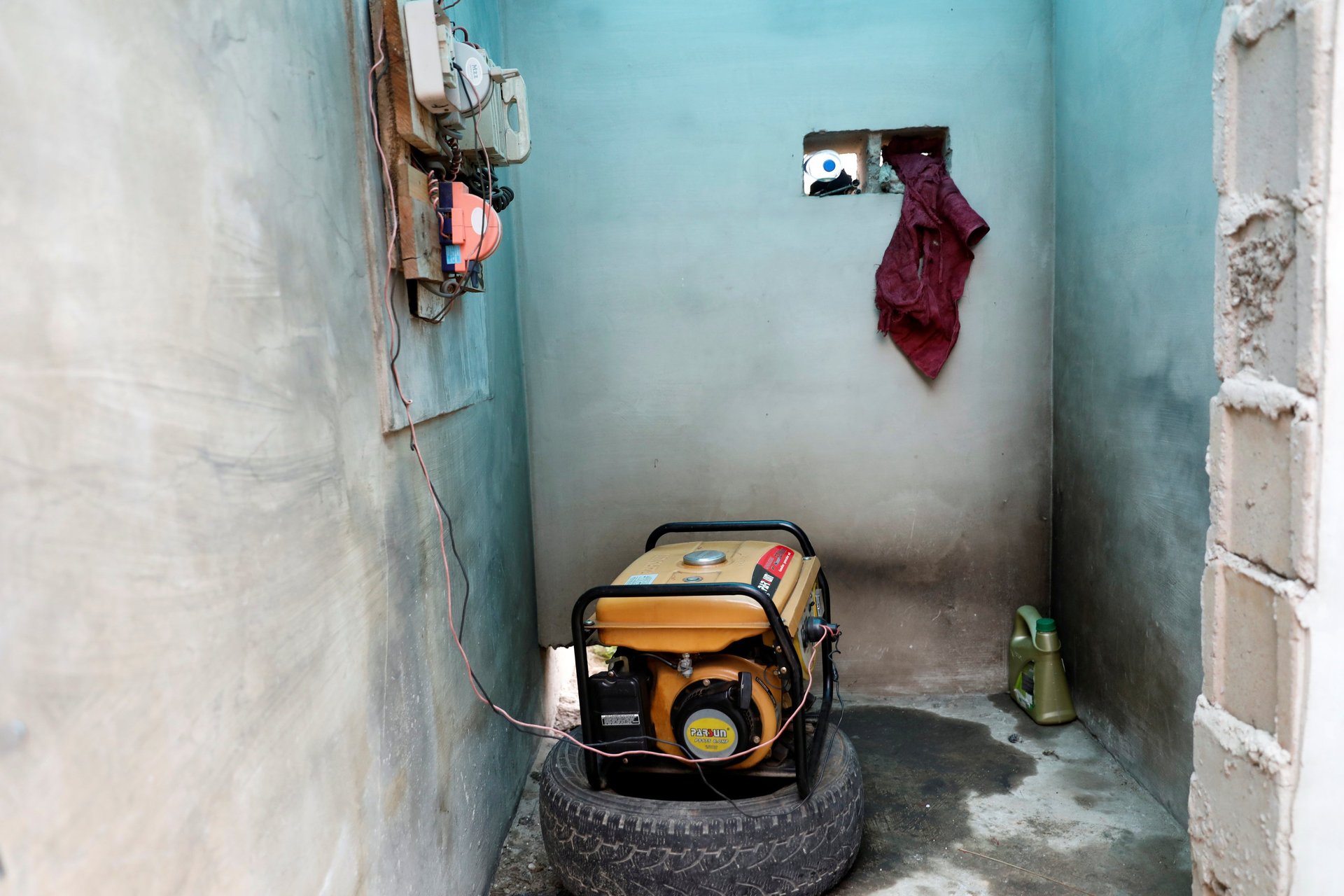The cost of electricity shortages in Africa is more than just a problem of access
Many of the discussions around getting electricity to more Africans are about how governments, NGO partners, and investors can bring online more of the 600 million plus people currently out of reach of an electricity grid or other non-traditional energy sources.


Many of the discussions around getting electricity to more Africans are about how governments, NGO partners, and investors can bring online more of the 600 million plus people currently out of reach of an electricity grid or other non-traditional energy sources.
This is important, but the other daily talking point—in African urban areas in particular—is how to maintain the electricity that we have at sustainable and satisfactory levels. This is an area of interest examined in a paper published this month from Carnegie Mellon University’s engineering and public policy department. It looks into how much people and businesses spend on back-up generators in light of the torrid daily supply rates in many countries. Even as African countries try to expand their electricity output, many people who have access to the grid face increasingly regular electricity blackouts and brownouts due to capacity shortages and infrastructure failures.
World Bank says countries in sub Saharan Africa have annual outages from 50 hours to 4,600 hours. There are 8,760 hours in a year, so that’s more than half for some.
This may be unsurprising to some of those who live in countries including Nigeria, Niger, and DR Congo, but it is also important to understand the heavy cost outages add on a per dollar basis for electricity. In many countries where back-up diesel generators are used to supplement or completely support daily life, the cost of electricity can be as much as three times higher than it would be if the grid were reliable. Consumers in a landlocked non–oil producing country like Zambia pay a significant premium to keep the lights on in the event of a power cut—53 cents per kilowatt/hour vs. 6 cents kw/h via grid. Even oil-producer nations see a significant cost jump with diesel generators—and this analysis, by the researchers’ own admission, doesn’t include the capital or fixed costs of maintaining generators.
The authors estimate that Nigeria, with its high frequency of blackouts, has a “mean net cost of electricity” from diesel generators of around $1.6 billion per year. Senegal, a smaller country with more stable electricity, has a mean net cost of about $4 million per year.
Some countries’ grid capacity is being significantly supplemented by backup generators.
And yet, the biggest cost of having to power our cities this way may yet be the long-term health of the countries’ residents. As the diesel (and petrol) generators work overtime to keep the lights on, reliance on fossil fuels increases at least 50%. For countries with grids that don’t use fossil fuels at all, the increase can be as much 1,000 times. As the researchers say, “using diesel generators for backup power could continue to limit these countries’ ability to decrease the share of energy provided by fossil fuels, even if they expand renewable energy capacity to reach new electricity customers.”
Then there’s the increase in air emission pollutants including CO2, carbon monoxide, sulfur oxides, nitrogen oxides, and fine particulate matter. These all become increasingly important in discussions around climate change and human health. According to the researchers, “The use of diesel-based backup generators in all countries results in net increases of mean annual air emissions among at least three of the five pollutants examined.”